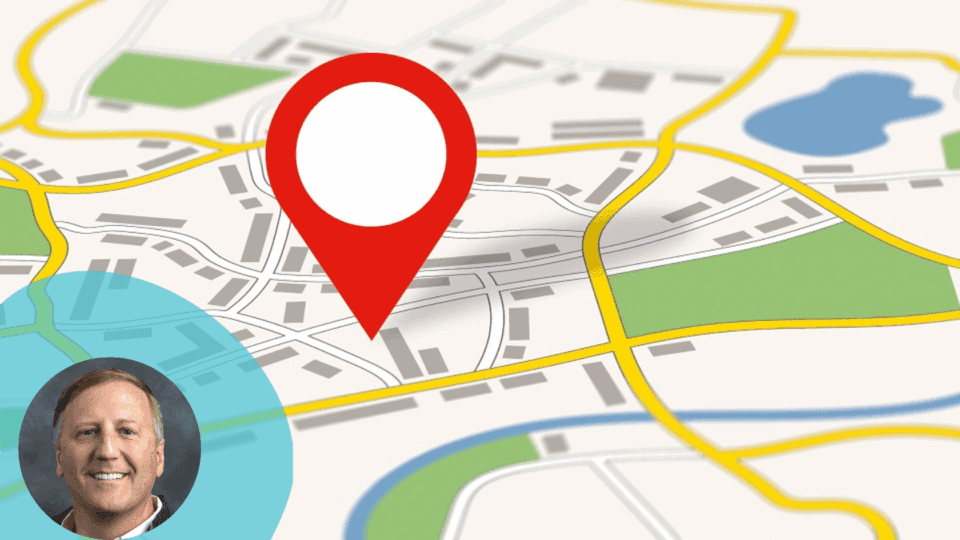As retailers race to meet customer expectations for speed, convenience and personalization, location strategy has become a key competitive differentiator. Static maps and broad demographics no longer cut it — brands must harness real-world mobility data to understand how consumers move and make purchase decisions in an increasingly challenging retail and food service landscape.
Retailers focused on long-term growth are now prioritizing how, when and why people visit a location, not just how many. They’re using movement data to understand daily patterns, identify peak visit times and evaluate whether a site is easily accessible and convenient. This shift enables better decisions about where to invest and how to tailor each location to meet actual customer behavior. And for retailers and restaurants that are highly dependent on vehicle traffic, this type of data can be critical to choosing a location on the correct side of the road during the morning or evening commute.
Rethinking Traditional Site Selection Paradigms
Conventional location strategies have often relied on fixed trade areas and highly aggregated car and foot traffic estimates. While these inputs offer a starting point, they often miss the nuance of how modern consumers move, shop and interact with physical spaces. Aggregated or generalized data offer limited insight into:
- True customer origin points and travel behavior;
- The impact of congestion, access constraints or changing commute patterns;
- Competitive interactions within overlapping catchment zones; and
- The evolving rhythms of hybrid work, urban migration and logistical infrastructure.
Retailers that rely on outdated methods may overlook high-opportunity markets and make costly location decisions that don’t adapt to how the market is moving.
Mobility Intelligence: A New Foundation for Site Success
Mobility data is redefining how retailers evaluate physical locations. Using anonymized location signals and advanced analytics, this technology offers a detailed view into how people and goods move through space over time. Mobility data delivers dynamic, real-world insights that help organizations understand patterns of movement, not just proximity.
This data also allows for a more accurate assessment of site accessibility by accounting for accurate travel times, congestion and infrastructure constraints. Additionally, it highlights competitive dynamics by showing whether customers pass by rival stores and how frequently they engage in cross-shopping behaviors. For those planning fulfillment or local delivery operations, mobility data also captures commercial vehicle movement, offering insight into delivery feasibility and fleet logistics.
Strategic Applications: How Leading Retailers are Using Mobility Data
Several innovative use cases are emerging across the industry, including:
- Benchmarking against top performers: Retailers can compare traffic volumes and movement patterns between prospective sites and their most successful locations. For example, two properties may sit on similarly trafficked corridors, but mobility insights may reveal stark differences in dwell time, frequency of visits or customer origin zones.
- Redefining catchment areas: Mobility data enables retailers to move beyond arbitrary radius-based mapping. By analyzing how far — and how long — consumers travel to reach their locations, as well as what barriers shape their behavior (such as rivers, highways or congestion spots), organizations can develop more accurate trade areas and make more informed decisions. For instance, two sites may be equidistant from a neighborhood, but only one attracts regular traffic because the other is cut off by a major highway with limited crossings.
- Enhancing competitive positioning: Organizations can assess whether a potential site lies upstream or downstream of a competitor in daily travel patterns. Understanding if a store is likely to be a consumer’s first stop, or merely one of many options, significantly influences expected performance. As an example, a coffee chain may identify a location that catches commuter traffic before it reaches a rival brand, improving the odds of repeat morning visits.
- Optimizing accessibility and infrastructure: By examining real-time travel conditions, signal timing and intersection delays, mobility data allows for a comprehensive assessment of whether a site is not just visible, but functionally accessible. This is particularly important for quick service restaurants, healthcare retailers and urban convenience formats where impulse visits depend on minimal friction.
- Supporting operational planning: Beyond customer-facing insights, mobility data also provides valuable input for backend logistics. Retailers can assess the frequency and pattern of commercial vehicle traffic to determine whether a location is viable as a delivery spot, curbside pickup point or fulfillment hub. For example, a pharmacy chain evaluating a potential fulfillment center could confirm that commercial access routes support regular van deliveries without adding congestion or delays.
Best Practices for Building a Modern Site Selection Framework
Retailers are rethinking location strategy, trading static checklists for smarter, data-driven best practices, such as:
- Leveraging origin-destination analytics — understanding where traffic originates provides a more accurate picture of potential customer bases and reveals underserved zones;
- Integrating competitive movement analysis — data-driven comparisons help identify whether competitor locations intercept traffic before it reaches a candidate site;
- Prioritizing accessibility over volume — a high-traffic location is not necessarily high-performing if it is difficult to enter or exit efficiently;
- Accounting for mixed-use mobility patterns — retailers that consider both consumer and commercial mobility are better equipped to plan hybrid storefronts that support both sales and logistics; and
- Enabling ongoing site monitoring — continuous mobility analysis allows retailers to detect changes in traffic flow, population shifts or infrastructure disruptions that may impact long-term viability.
A More Predictive Approach to Retail Expansion
Retailers that integrate mobility intelligence into their site selection process move beyond guesswork and make more confident, informed decisions. Combining real-world movement patterns with existing performance data allows these organizations to gain a multidimensional view of success factors, from footfall to fleet flow.
The future of site selection isn’t just about maps or models. As urban environments evolve and customer expectations escalate, the next generation of retail growth will hinge on predictive intelligence. Retailers that treat mobility data as foundational, not optional, will be those best equipped to thrive in tomorrow’s fluid, fast-moving market.
Bryan Mistele is the Co-founder and CEO of INRIX. INRIX is a global leader in connected car services and transportation analytics. INRIX uses data and insights to help customers make mobility smarter, safer and more efficient. With transportation services available around the world, INRIX is the preferred provider of mobility intelligence for leading automakers, transport agencies and businesses.




